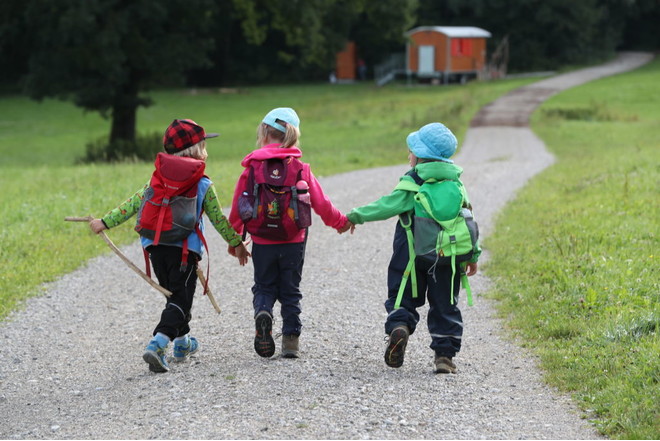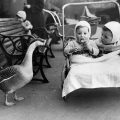Principles of grouping in kindergarten
The main method of recruiting groups in preschool is by age. Children are divided into groups in kindergarten by age. Photo: Getty Depending on the age of children attending kindergarten, the groups are divided into:
Children are divided into groups in kindergarten by age. Photo: Getty Depending on the age of children attending kindergarten, the groups are divided into:
- Clear. Kids are brought here from a year to 2 years. At this age, the child learns to eat, wash his hands, wash himself, partially dress.
- The younger ones. Kids from 2 to 4 years. The teachers of these groups, with the help of role-playing games, develop kids' memory, thinking, and speech. Younger preschoolers learn to combine objects of similar qualities: volume, color, shape. Now they are very susceptible to music, rhythm, rhyme. They are interested to listen to poetry tales, songs.
- Average. They are visited by children of 4-5 years. At this age, children can already assess the behavior, both their own and their peers. They need friends and companions for games.
- Older ones. Preschoolers 5-6 years old are independent and love to take the initiative. Classes with them should be educational and teach some new skills.
- Preparatory. Children 6-7 years old are preparing for school. They stock up on knowledge and skills that will help them learn in the first grade.
The most common way to divide kids ingarden - by age. But if a child has health problems, then a group for children with disabilities may be suitable for him. This includes children with hearing, vision, developmental delays and other features. Each of them requires a special approach to learning.
What is a good method for forming kindergarten groups by age?
Children of the same age find a common language easier. By adopting each other new habits, they develop faster. Looking at peers, the child is easier to learn and explore the world. For each age, developed their own educational and developmental activities. Preschoolers can learn more information if they are trained in a group of peers belonging to the same age category. Separating children into groups by age is convenient for both adults and children themselves. Children are easier to adapt in a team of peers. If one of the gardening friends has learned something new, then the rest of the children do not want to fall behind. For example, wear a hat, or tie shoelaces. Visiting such groups in kindergarten, children become more independent and more confident in themselves.









